This website is intended for users outside of the US and UK. The information provided on this website is intended for educational purposes and should not be used as substitute of a visit, consultation, or advice of doctor or other healthcare professional. This website is funded by Recordati Rare Diseases, and characters appearing are both real patients and healthcare professionals. No personal medical information is disclosed. All the photos taken by the photographer are sponsored by Recordati and exclusively licenced to Recordati by Stefano Schirato. Copyright © 2023 Recordati AG. All rights reserved. EMEA-LAC/CH/ENV/HCP-PAT/Feb-2023/39
Treatment
How is Cushing’s syndrome treated, and what can be done to improve life with Cushing’s?




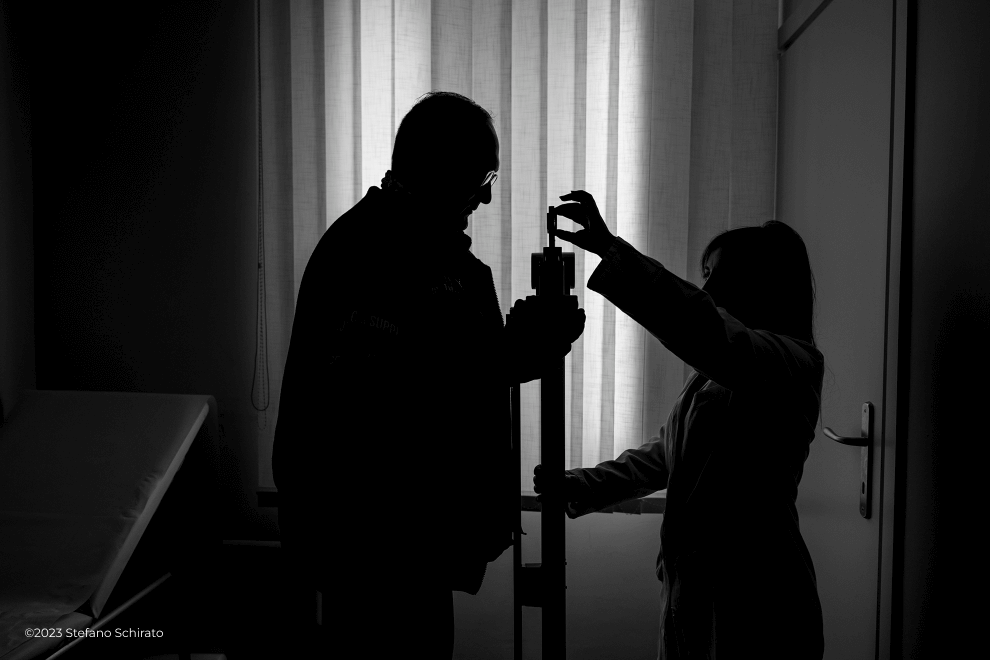



How is Cushing’s Syndrome treated, and what can be done to improve life with Cushing’s?
Getting a diagnosis is the first step on an often long and complicated journey with Cushing’s syndrome, so it is important that patients have strong support from doctors, family, and friends.
What are the next steps?
After a diagnosis, doctors will generally want to start treatment as quickly as possible, because the longer Cushing’s syndrome goes untreated, the greater the impact can be from high cortisol levels.5
The first goal of any treatment plan will always be to bring cortisol levels back to normal, which helps to make life better for patients by lessening the severity of symptoms that high cortisol causes.8
The first treatment option recommended by doctors for most patients with Cushing’s syndrome is surgery to remove the tumour. However, the surgery may not work, or it may not be possible for some patients to have surgery. When this happens, medicines are usually considered next.9
There are also other treatment options, such as radiotherapy and removal of the adrenal gland(s). The choice between treatment options is difficult and must be considered on an individual patient basis by an experienced team of healthcare professionals.9
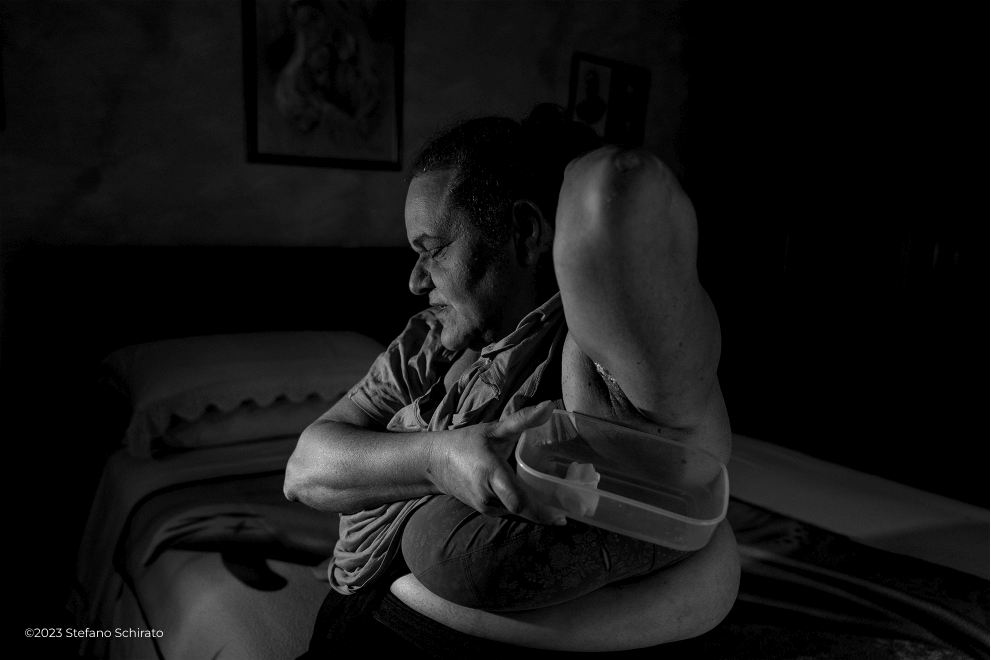
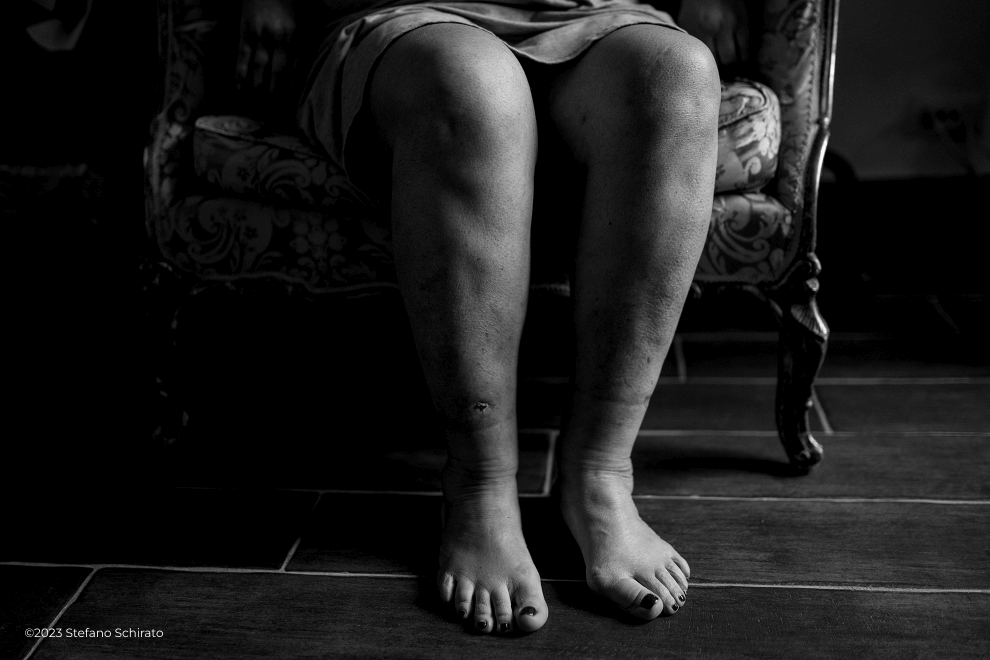

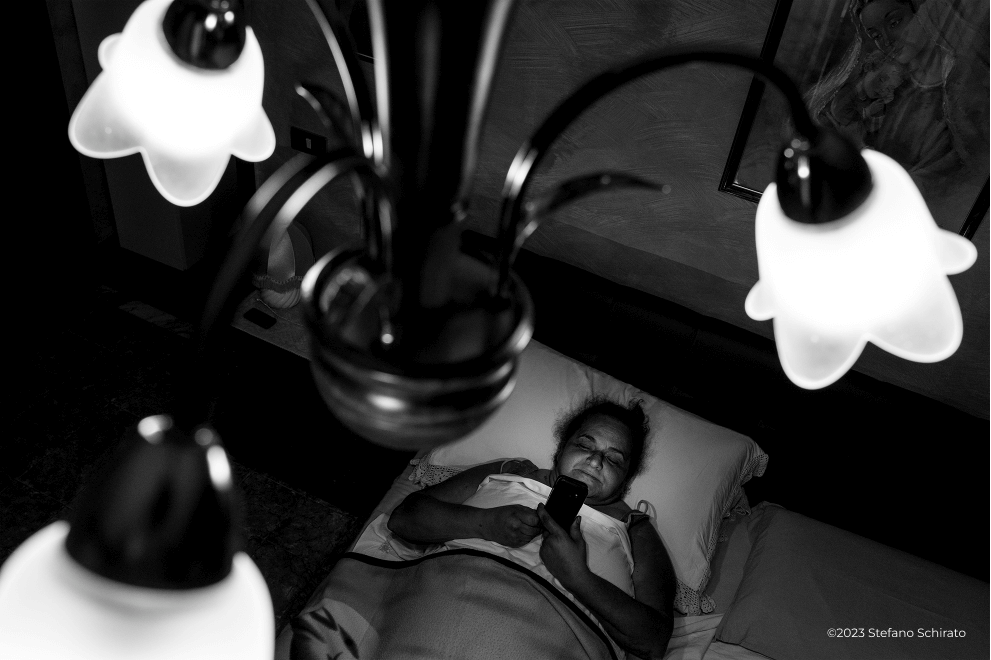
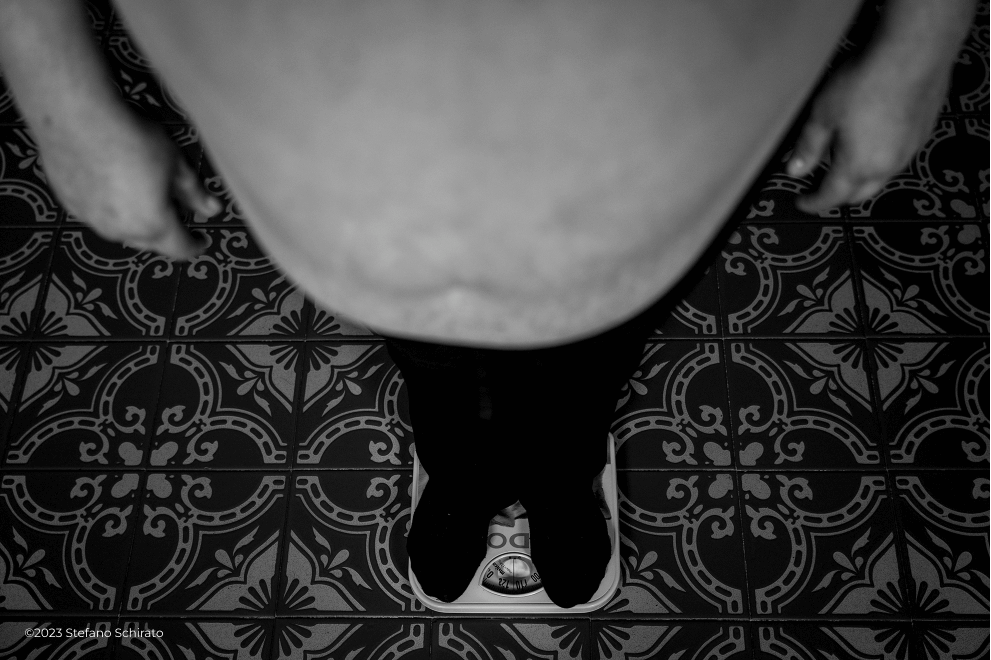
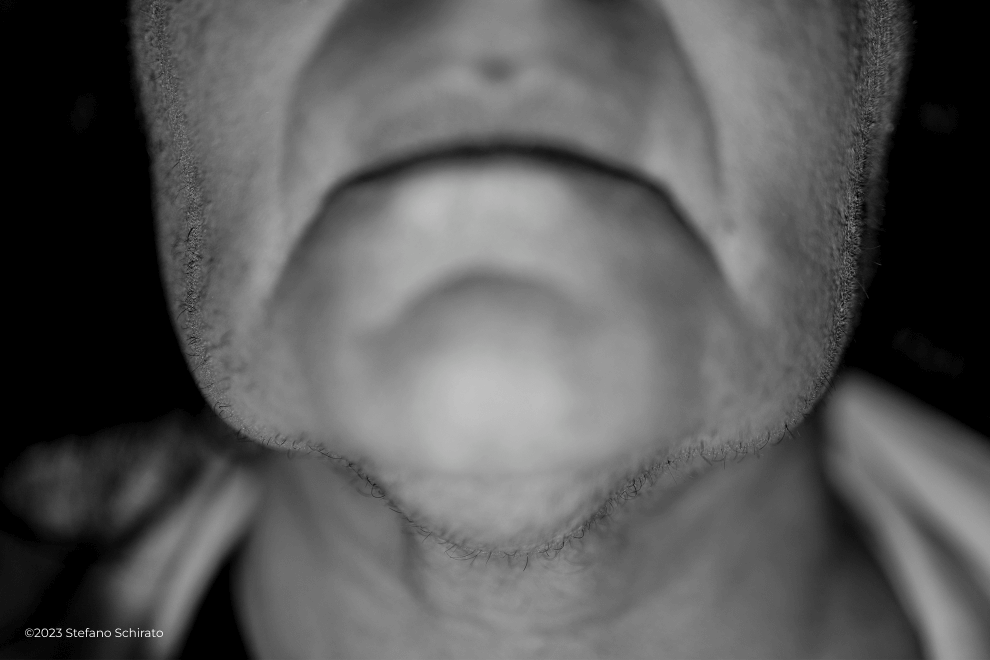


Why is it important to keep track of symptoms?
Following surgery, it is extremely valuable for patients to keep track of symptoms, and share any new, worsening, and improving symptoms with their doctors at their regular appointments. This can help doctors to prescribe the right treatment follow up for each individual patient, as required.10
It is not uncommon for patients to have a recurrence of symptoms after surgery. If you are experiencing recurring or continuing symptoms after treatment, it is recommended you speak to a doctor.
Using medication to help lower and maintain normal cortisol levels is the most common treatment after a recurrence of Cushing’s symptoms. When patients start a treatment with medication, doctors will conduct regular tests to ensure the treatment is having the desired effect.9,11
It is important to remember that every patient is different, and therefore will respond differently to each type of treatment. It may be necessary for doctors to change treatments if they are not working as intended, and regular testing helps them know whether a treatment is working.10
"I’ve tried so many different therapies, but the disease is not yet controlled." – Patient
The importance of reaching normal cortisol levels
Following diagnosis, prompt and effective treatment is the foundation of care for Cushing’s syndrome. Different factors of the disease contribute to long-term impact, including burdensome comorbidities and symptoms that can create lasting complications for patients, and can limit quality of life and even life expectancy.12
There is no ‘one-size-fits-all’ for treatment, especially with a complex disease like Cushing’s syndrome. Even when cortisol levels are controlled after treatment, it is possible for patients to still experience some of their symptoms, which can continue to have negative impacts on their quality of life.
Want to start a conversation with your doctor?
Engage in conversation with your doctor around treatment goals and quality of life. This will help your doctor to provide the optimal treatment.
You can also read more about managing symptoms and regularly monitoring your health on this page.
Follow us on social media
The impact of Cushing’s Syndrome on one person can be very different to the next. Monitoring your disease journey and keeping your physician and family updated may be a helpful way to see changes over time.
Help your family and friends to better understand Cushing’s syndrome by sharing this website and encouraging them to keep up with the conversation on social media by following #ThisCushing on Twitter and LinkedIn.

